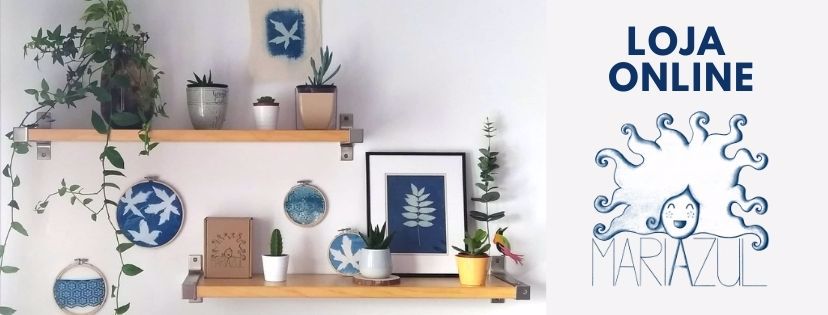
I have done a lot of research on the topic and have never come to a plausible conclusion. To begin with, for those who don't know, pinhole photography is a photography that is taken without lens, just a hole serving as the entrance of light. It can be done with a camera, a box or a can in which, with a needle, we open a hole and only this hole lets the light in. If you want to know more about this type of photography there are lots of websites and books you can consult including here at AlternativePhotography. There is even World Pinhole Photography Day every year to celebrate it.
But back to the question, can we do this type of photography with cyanotype? On some websites it says that it is impossible, since the ISO of paper sensitized with cyanotype is very low and therefore when exposed to the sun through a hole in the size of a needle, it cannot be sensitized. On other sites it says that it is possible but that the exposure time can be several days or months. I tried and I will show you the results.
For this experiment, I used a beer can as a "camera" and placed the sensitized paper on the same day, more or less an hour after the emulsion had dried. I left the can in a window, facing the outside for a month and this was the result I got.

Like in pinhole photography, we obtain the negative of the image and not the final image, so the next step was to scan the image and invert it in photoshop. Some time ago I took a pinhole photograph using photographic paper, with this same can, during the same period of time and therefore we can compare the results:

So, in conclusion, yes, it is possible to do pinhole with cyanotype but the results may not be as clear as we would like. Furthermore, I could say that it is more of a solarigraphy than a pinhole due to the exposure time... My experiment only lasted a month, so you could have different results leaving it exposed for longer, this will be my next experiment!
And you? Have you ever tries? Share with us your results!




